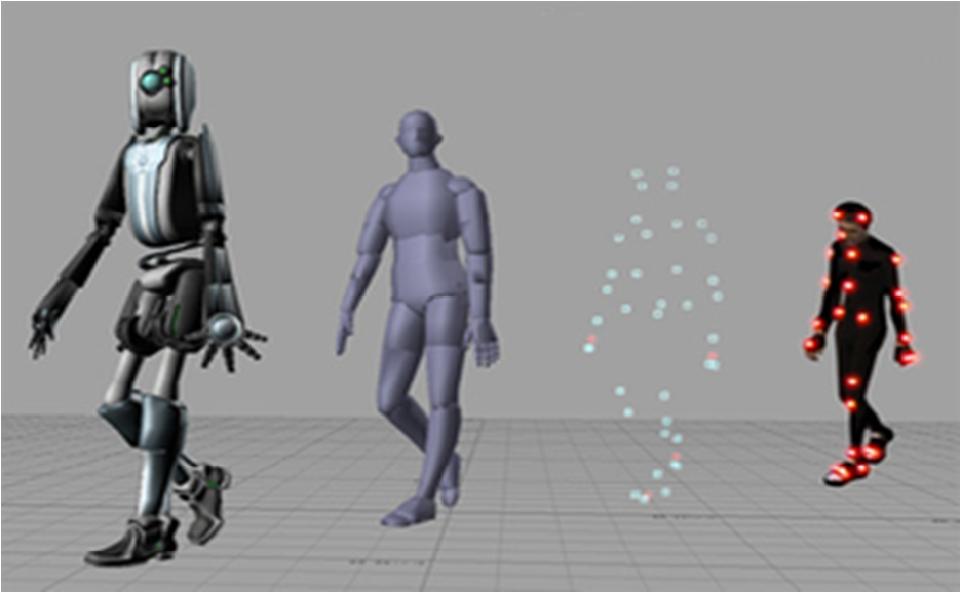Labaratuvarlar
The research and thesis work carried out by the students reflect novel and innovative aspects of cutting-edge research in multimedia informatics. Research infrastructure at the disposal of MMI students and staff include:
• Gate-R Lab
• Motion Capture Lab
• Spatial Audio Research Group (SPARG)
• Virtual Reality and Computer Vision Research Group
• NVIDIA GPU Research and Education Center

Seçilmiş Tezler
- Introducing Rolling Axis Into Motion Controlled Gameplay as a New Degree of Freedom Using Microsoft Kinect, Evren Can Bozgeyikli (2012)
- Introducing Tangible Objects Into Motion Controlled Gameplay Using Microsoft Kinect, Lal Gamze Bozgeyikli (2012)
- Visibility Grid Method for Efficient Crowd Rendering with Shadows, Serdar Koçdemir (2013)
- Modeling Student Behaviors in a Virtual Classroom Using Belief Desire Intention Model, Emre Canbazoğlu (2014)
- Short-term Modification of Sleep-Wake Habits by Gamification: A User Study, Ayşe Ezgi Keser (2015)
- Deferred Shading ofvTransparent Surfaces With Shadows And Refraction, Ali Deniz Aladağlı (2015)
- Data-Driver and Anisotropic Tearing for Cloth Simulation, Mustafa Mert Karaöz (2015)
- Context Based Dynamic Content Generation, Introducing a New Approach and a Framework, Burkay Özdemir (2015)
- Improvement and Analysis of TressFX Real-Time Hair Simulation Framework, Deniz Uğurca (2015)
- Modeling Student Behaviors in a Virtual Classroom with Incorporation of Social Learning Theory Into Belief-Desire-Intention Model, Cenk Köknar (2015)
- An Ontology Based Approach to Design a Serious Game for Teacher Education, Sanam Dehghan (2015)
- Mephisto: A Source to Source Transpiler from Pure Data to Faust, Abdullah Demir (2015)
- Time Pressure as Video Game Design Element and Basic Need Satisfaction, Irem Gökçe Yıldırım (2015)
- Computational Aesthetics Using Machine Learning for Video Game Camera Direction, Ali Naci Erdem (2015)
- Generalised Audio Synthesis Algorithm for Simulating Firearm Sounds and Supersonic/Subsonic Projectiles, Teksin Saka (2015)
- Perceptual Audio Source Culling for Virtual Environments, Ali Can Metan (2016)
- A Novel Broad-phase Continuous-time Collission Detection Algorithm, Tarık Kaya (2016)